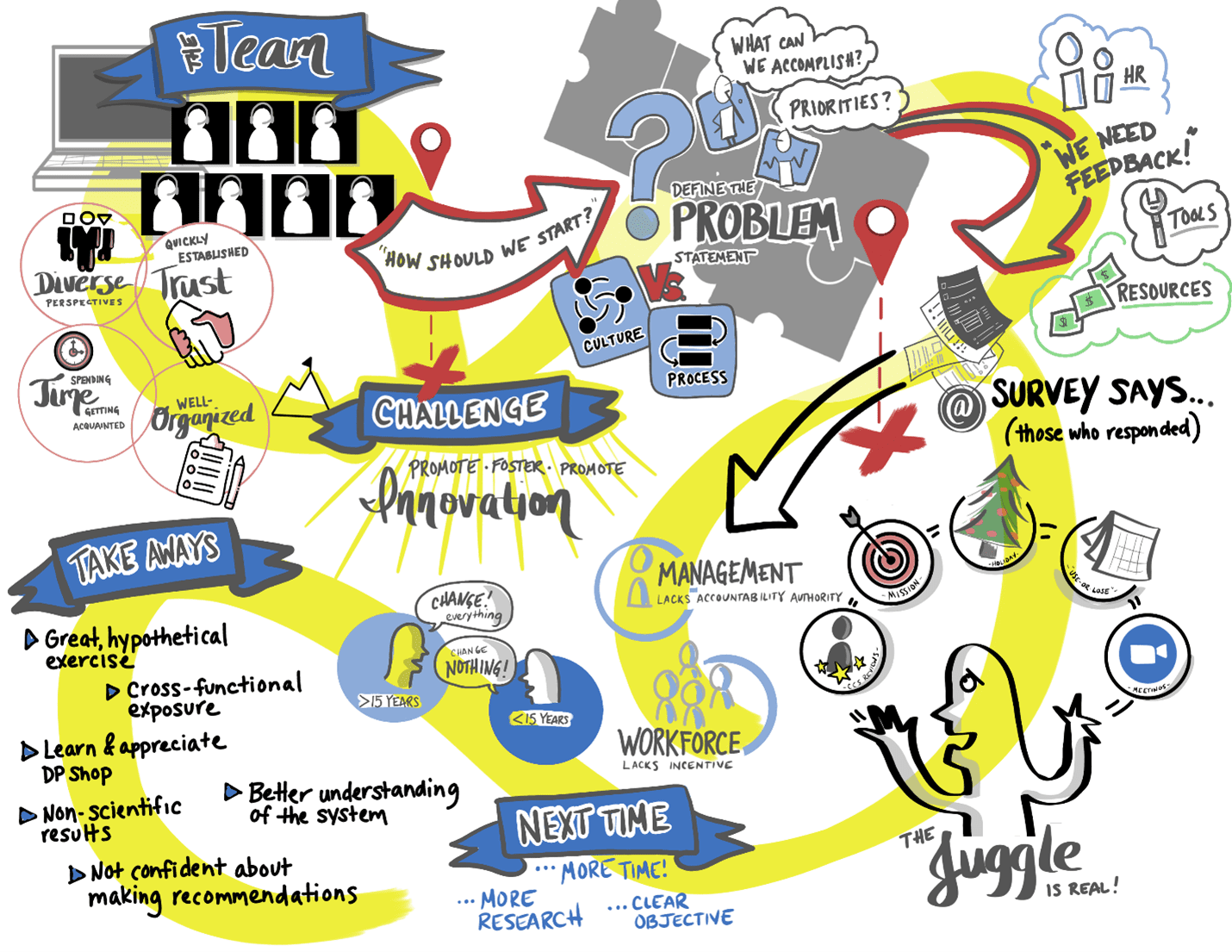
By Laura Dempsey:
The Air Force Research Laboratory (AFRL) is in the midst of its wide-ranging 2030 Implementation Strategy, taking edicts found in the 2030 Science & Technology Strategy released in April 2019 to the workforce, thereby keeping the United States at a technological advantage.
Among the many initiatives is finding ways to strengthen AFRL’s innovation and collaboration, a commitment that would accelerate technology transfer and transition. This is a culture shift: AFRL’s scientists and researchers should be open to partnerships and collaborations with entities (industry, academia, other DoD laboratories) other than those with which they’re used to working.
Each year, AFRL leadership holds a Senior Leader Offsite (SLO) meeting during which enterprise-wide challenges and solutions are discussed. The SLO organizers took a new approach to their meeting, held at the end of 2020, to address the issue of promoting innovation and collaboration.
AFRL leadership announced that multi-directorate teams would examine difference processes and procedures that influence innovation. The SLO participants broke into working groups, and SLO Group #23 reached out to Wright Brothers Institute (WBI) to find a way to articulate the ideas and outputs from their topic, which was, “How can AFRL promote, foster, and become accountable for innovation?”
One of the overriding reasons for seeking a non-traditional way of conveying a message was to avoid “death by PowerPoint,” a common way of briefing and a method that can be tedious – losing the message in a deep deck of slides.
WBI Director of Communications Jennie Hempstead attended a group meeting, during which group members distilled their message and described their journey. She produced a graphic depiction that included the group’s discoveries, ongoing questions, and recommendations for the future. The hope was that the graphic would serve as a storytelling prompt for their findings, and though it was clear that not everything could be included in the graphic, the group agreed that the right elements were captured.
